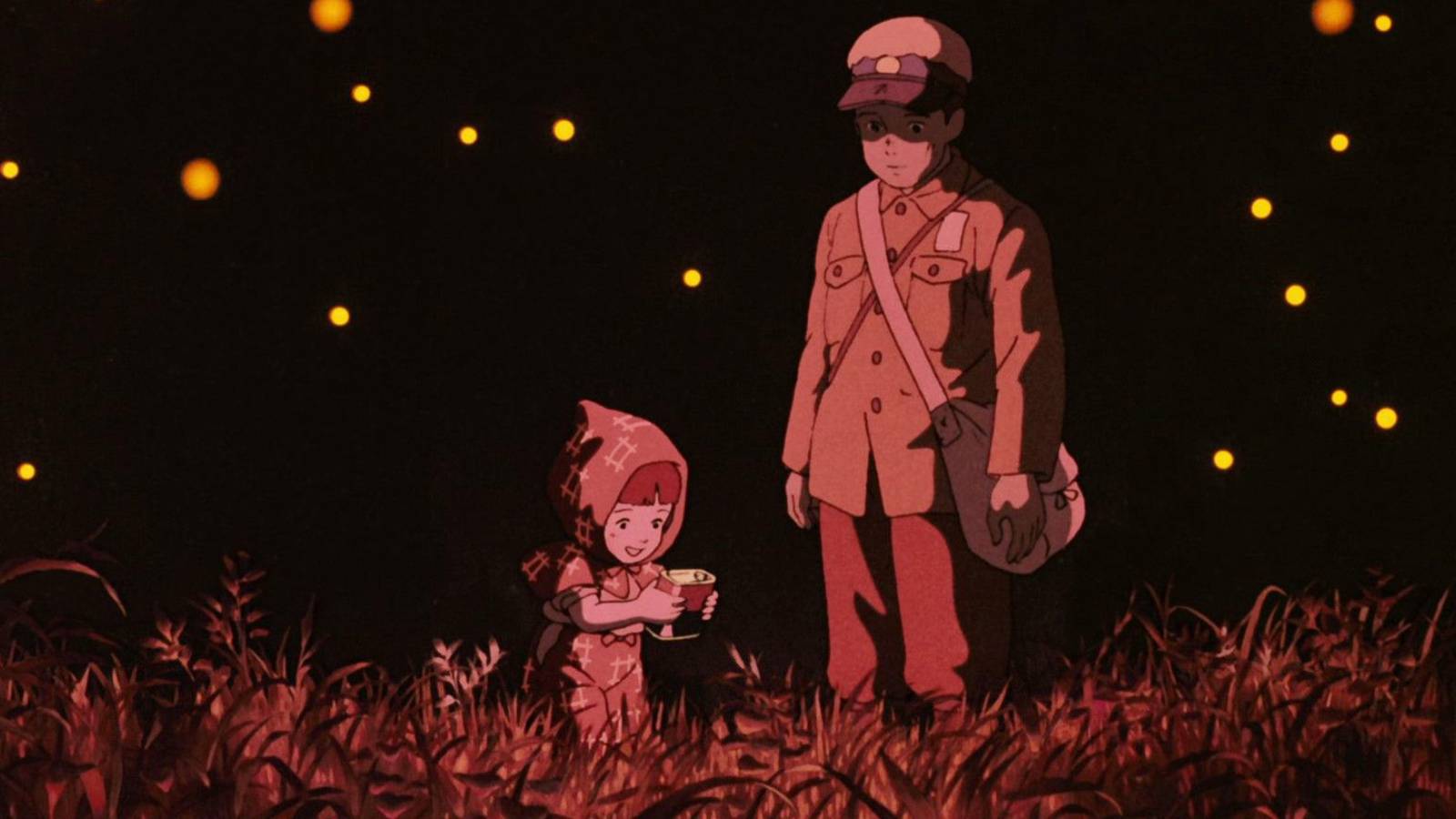A drama doesn’t have to be absolutely soul-crushing to be good, and actually, a movie doesn’t even have to be a drama, first and foremost, to be soul-crushing. If you’re after dramas that are heavy but ultimately not entirely depressing, there are cathartic films like The Shawshank Redemption and It’s a Wonderful Life, for two random examples. And then some otherwise funny movies are cynical enough to be sort of soul-crushing in some ways, like Dr. Strangelove and the more recent Parasite.
But the following films are, by and large, dramatic, and they don’t really offer much by way of catharsis, humor, or any kind of uplifting message that can be taken away, when all’s said and done. Knowing that some of these movies are soul-crushing could be seen as delivering some indirect spoilers, but most of these films are pretty well-known and, in any event, specifics about depressing things that might happen near the ends of these films won’t be touched on.
10
‘The Deer Hunter’ (1978)
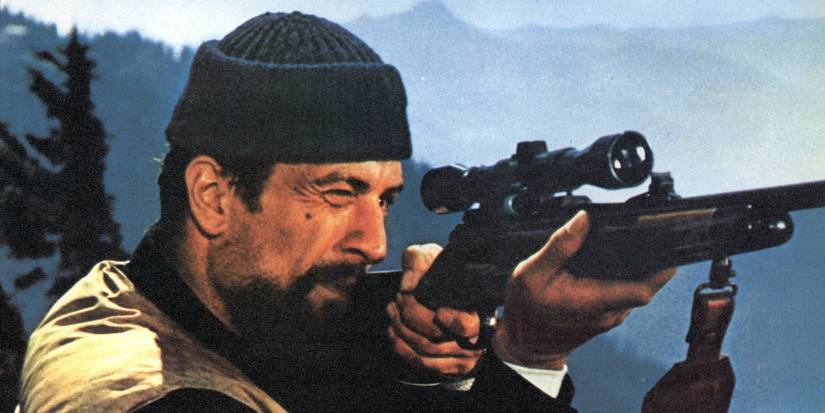
Image via Universal Studios
One of the first big movies about the Vietnam War, and also one of the best, The Deer Hunter is sprawling and unflinching with its ambition, telling a whole lot of story in one go. It’s a movie that runs for about three hours, and it plays out in three unambiguous stages, with an opening act about men preparing to fight in Vietnam, then a middle chunk about active duty, and then a final act about the aftermath of their combat experiences.
It’s a bit slow at the start, but seeing how life was before the war, in such detail, makes all the stuff after the war hit harder. It’s probably the middle chunk, the war scenes themselves, that get the most criticism out of anything in The Deer Hunter, but when viewed as a movie about how war can change seemingly ordinary people (even if it is, by design, only focused on one side), it’s powerful and harrowing stuff.
9
‘Ran’ (1985)

Image via Toho
Though Ran is a movie that seems keen to punch you in the stomach multiple times and leave you feeling a bit depressed and exhausted by the time it’s all over, at least it provides plenty of beautiful images to look at. Your eyes will be delighted, for the most part, but your stomach will feel queasy and then emotionally, you’ll probably be feeling some kind of despair. It’s a bit of a roller-coaster of a viewing experience.
Ran is about a conflict within a powerful family that grows bigger and more devastating with every scene, eventually making the whole thing become a full-on war film.
But it has to be, and it’s the sort of story that, even if you’re not aware of the King Lear similarities, you’ll probably be able to tell, early on, that it won’t end well for most involved. Ran is about a conflict within a powerful family that grows bigger and more devastating with every scene, eventually making the whole thing become a full-on war film. It’s tragic in ways that feel, somehow, both grounded and heightened, and it’s as impressive on a technical front as it is draining emotionally.
8
‘Requiem for a Dream’ (2000)

Jennifer Connelly as Marion talks on the phone, her face and eyes wet with tearsImage via Artisan Entertainment
Before Requiem for a Dream, there were certainly other movies that explored addiction in uncompromising ways, including in the underrated Christiane F. and, to some extent, in Trainspotting, though the latter was more nuanced, and therefore balanced. Nuance and balance, though, are not things that Requiem for a Dream is concerned with, since this is basically a nightmare of a movie, and a worst-case scenario depiction of what addiction could lead to.
Actually, given it’s centered on a few different characters, it’s about several nightmare situations linked to drug addiction and the way it can shake up one’s life entirely. Calling it intense is a massive understatement, and though it’s not the only in-your-face/disturbing movie Darren Aronofsky ever directed, it’s probably the one that those two descriptors apply to the most.
7
‘Paths of Glory’ (1957)
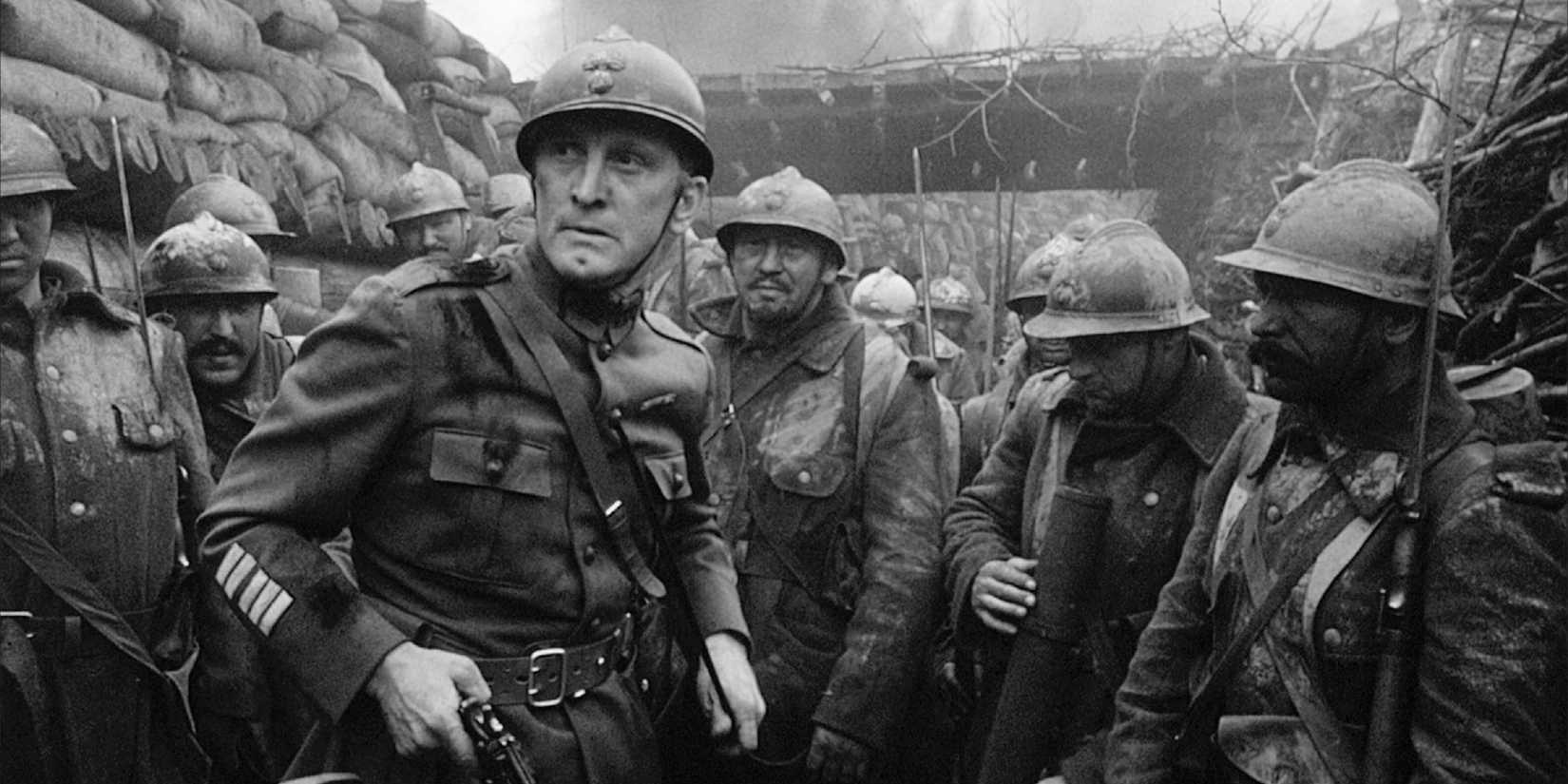
Kirk Douglas holding a gun while standing in a trench near the beginning of Paths of Glory (1957).Image via United Artists
Paths of Glory is perhaps the most soul-crushing and cynical of Stanley Kubrick’s war movies, though Dr. Strangelove is technically something that has higher (world-ending) stakes, and Full Metal Jacket is a good deal more brutal and visceral. Though Paths of Glory has a deep and undeniable feeling of hopelessness, and though it’s about a small story playing out during World War I, what that story has to say about the nature of war itself is devastating.
Broadly, Paths of Glory is about an offensive that goes wrong, leading to three soldiers being made scapegoats and forced to stand trial, which puts their lives on the line, but no longer on the battlefield. The message here, about the death and destruction war can cause in more underhanded ways, is not exactly delivered subtly, but that’s for the best, and it means Paths of Glory remains utterly hard-hitting as a piece of anti-war cinema.
6
‘Bicycle Thieves’ (1948)
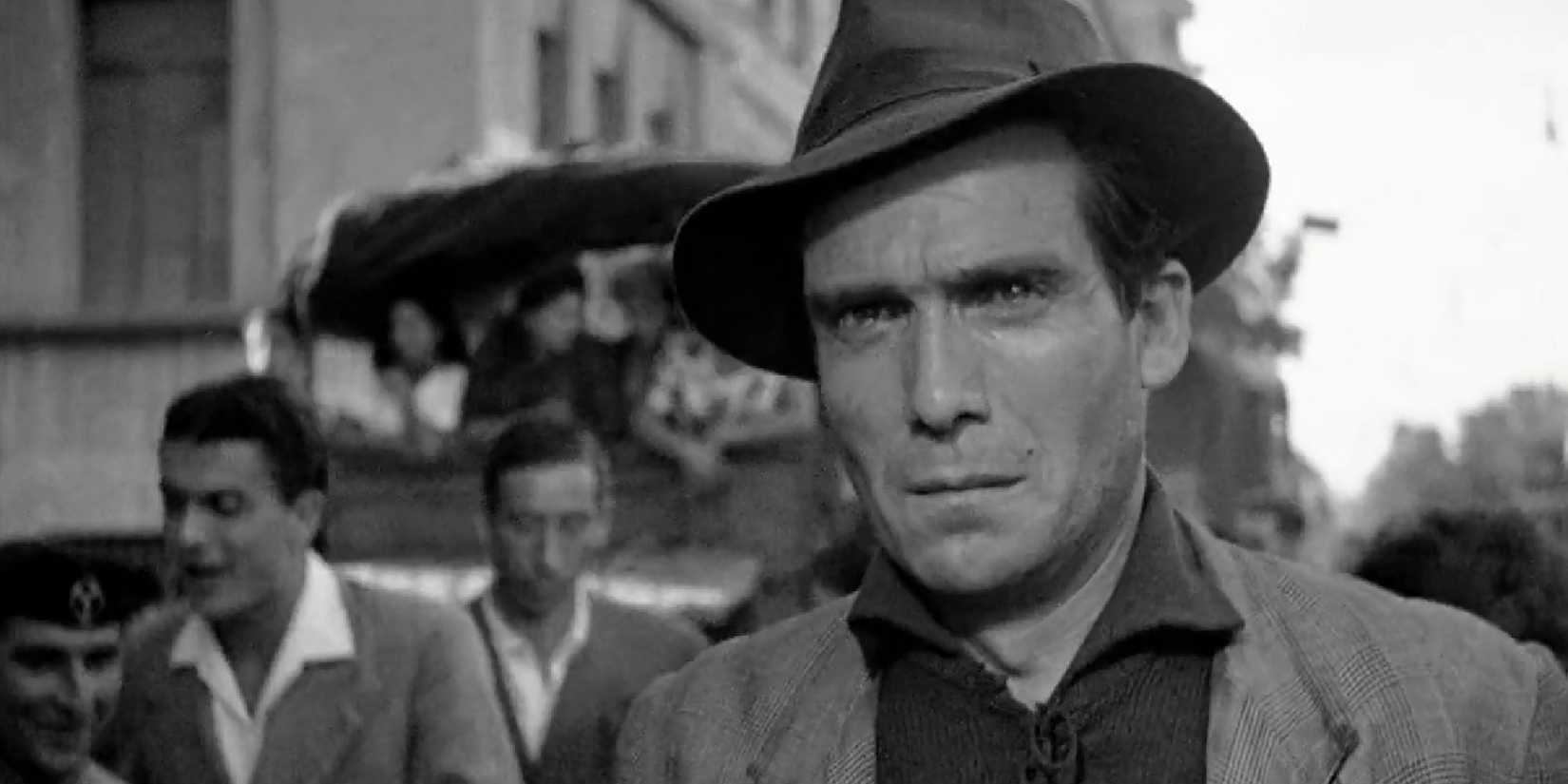
Image via Ente Nazionale Industrie Cinematografiche
The definitive Italian neorealist film, Bicycle Thieves, like all movies in that sub-genre/movement, aims to capture life in Italy around the middle of the 20th century in a raw and realistic way. It’s not about a lot narratively, since it focuses on a man who needs a bicycle to provide for his family, when work is hard to come by and people are generally struggling, but then the bike’s stolen and he becomes increasingly desperate to find it.
At least to start with, all you need is a story about a stolen bike, it turns out, to make an all-time great drama film, though the way Bicycle Thieves executes that simple premise certainly helps. It really does feel like watching people struggle and try to get by during difficult times, and also unlike a movie in the traditional sense (in a good way). It’s remarkable that something so simple, on the surface, can be so heavy, but here we are.
5
‘Satantango’ (1994)

Several villagers in a bar in SatantangoImage via Arbelos Films
You need to dedicate almost a third of your day to watching Satantango, and you’ll feel like absolute s**t for every minute. It’s supposed to be that way, capturing a desolate life in a grim village that’s falling apart, all shot in gloomy black and white with the most oppressive of atmospheres hanging over the whole thing, but even then, it’s a lot. But it’s also not a lot, seeing as not much happens in Satantango.
The film is an admittedly effective exploration of a difficult way of life, and it does the job of making you feel all the negative feelings you’re supposed to, but it’s also hard to recommend. It’s similarly difficult to imagine anyone ever willingly rewatching Satantango, unless that person feels like life is passing them by too quickly and wants something that’ll make time feel as though it’s passing much, much, much (much) slower.
4
‘The Human Condition’ (1959-1961)
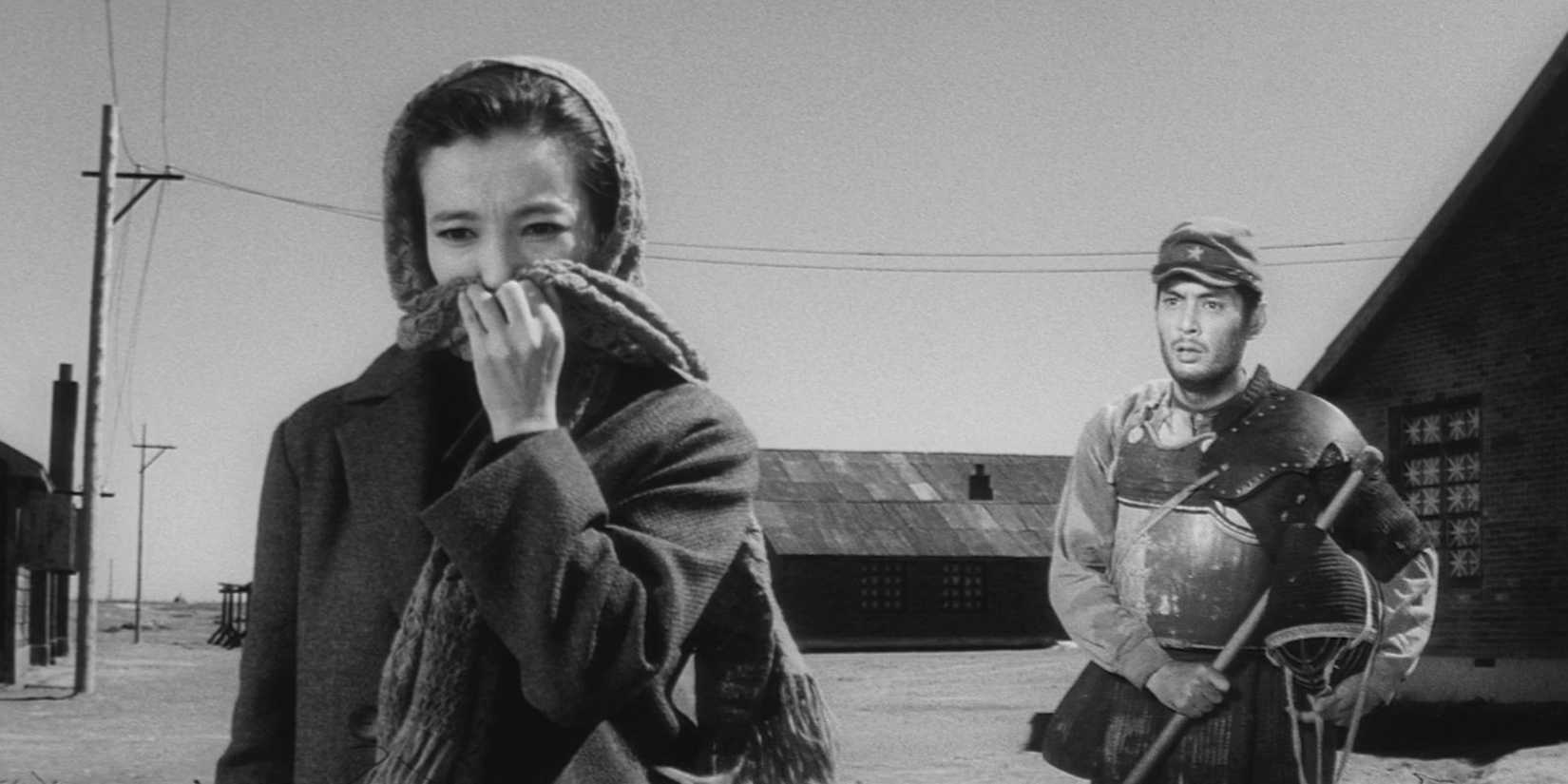
Image via Shochiku
An epic released in three parts, all adding up to almost 10 hours, The Human Condition has a structure comparable to the aforementioned The Deer Hunter, only it’s much longer and arguably even more devastating. It focuses on a single man who objects to fighting for Japan in World War II, but finds himself pulled into it entirely by the second film, and then has to fight for his survival after Japan’s surrender in the third film.
If you consider including one three-part film here cheating, then just pretend this entry is only for The Human Condition III: A Soldier’s Prayer, which ends up being the most devastating of the three parts (which is saying a lot). You need a lot of time to watch The Human Condition, and it’s also the kind of thing where you might want to space out the three different parts across a few different nights, but if you’ve got the time and mental energy for it, it’s absolutely one of the most incredible war films ever made.
3
‘Chinatown’ (1974)
A movie that’s about as good as neo-noir/mystery ones have ever gotten, Chinatown starts with a case that seems simple, though it ends up being anything but, which might be expected when you’re dealing with noir stuff. Less expected, perhaps, is just how downbeat Chinatown ends up getting, with a final act that makes most classic film noir movies look sunny and upbeat in comparison.
Unlike some other soul-crushing movies mentioned here, though, Chinatown is quite riveting and engaging to watch; maybe not “entertainment,” exactly, but there’s plenty here that’s gripping. You just have to be aware that, tonally, it’s one of the most cynical movies ever made, and you will probably feel some sort of despair once it’s all over… maybe even some time after the end credits have finished rolling, in all honesty.
2
‘Come and See’ (1985)
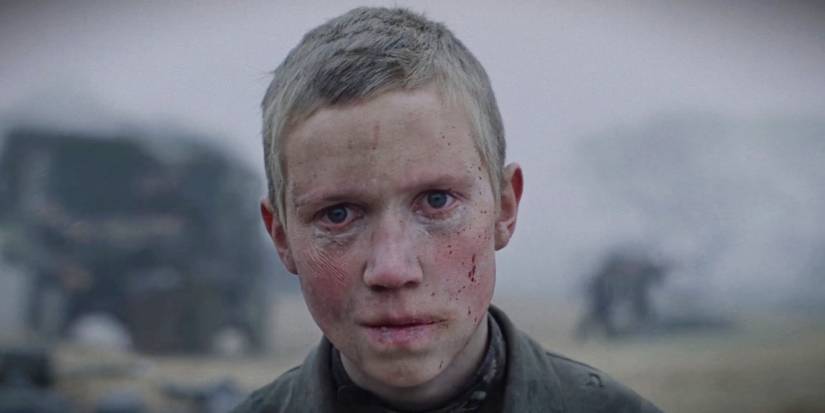
Image via Sovexportfilm
Come and See isn’t a horror movie, though it is horrifying, and is one of the most relentlessly bleak anti-war films ever made. Part of the sadness here comes about because Come and See is also about a loss of innocence, and centers on a child who gets swept up in World War II, joining a group of resistance fighters but finding themselves no match for invading German forces.
There’s a sense of things being a little off early on, and then at a point, everything shifts and becomes miserable, with each new sequence making things further miserable, somehow. This all makes Come and See appropriately agonizing to watch, and maybe even difficult to finish, but you do also have to admire what it’s going for and how unflinching it is, in execution.
1
‘Grave of the Fireflies’ (1988)

Setsuko saluting with a golden bowl on her head in ‘Grave of the Fireflies’Image via Toho
Most of the things that can be said about Come and See and its capacity to emotionally devastate also apply to Grave of the Fireflies, which is similarly about young people being impacted by the Second World War. Here, it’s a story more focused on survival, though, with a pair of siblings forced to fend for themselves toward the end of World War II.
Okay, it’s a little weird to have to say that one is more soul-crushing than the other, when it comes down to Grave of the Fireflies and Come and See, but the important thing is they both have deserved reputations for standing as uniquely devastating war films. With Grave of the Fireflies, the fact that it’s animated does nothing to mitigate how unflinchingly real it all feels, and it stands as one of the ultimate “you should watch this, but probably only the one time” movies.

